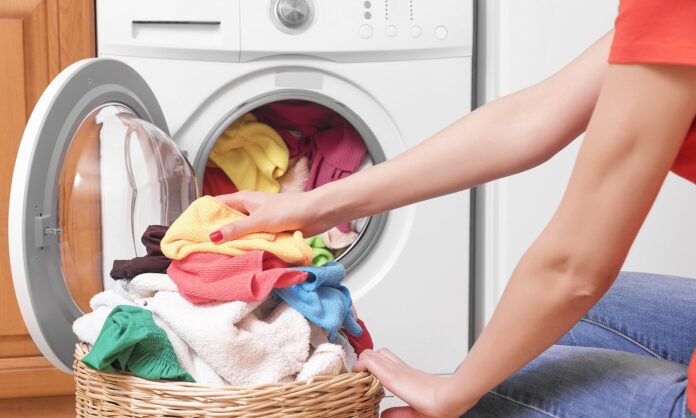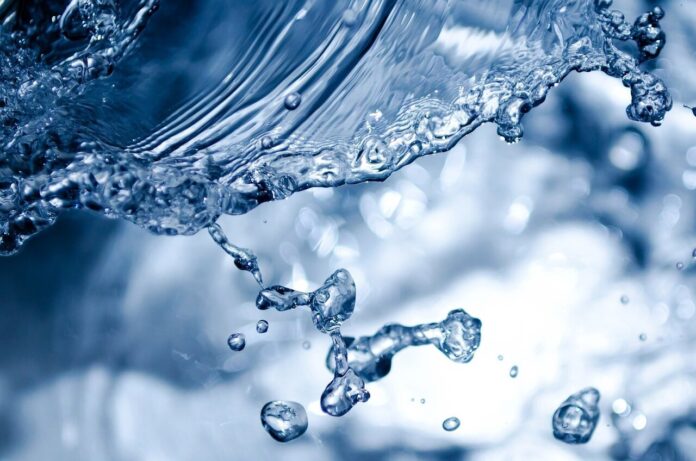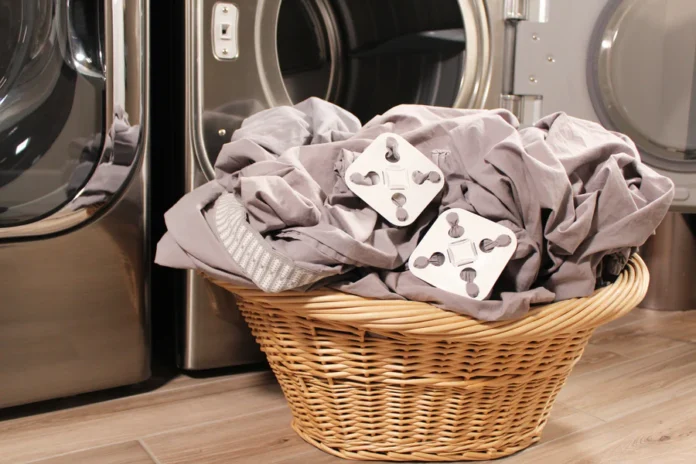We might not know it, but the environment might also dread laundry days as much as we do. And just like our clothes, laundry comes with a hefty price tag for the environment. Each washer and dryer consumes more electricity, and some might have been using laundry cleaners with toxic ingredients without their knowledge.
The simplest solution to make laundry day less dreadful for the environment is to do a greener laundry practice. Adopt a sustainable and environmental-friendly routine by following the tips we are about to share. So, how can you do this? Here are the simple things you can do.

Wear More, Wash Less
This might sound unhygienic at first, but hear us out. Some clothes do not have to be washed frequently. Excessive washing is not friendly to some clothes, it causes color fading, shrinking, and misshaping. Hence, overwashed clothes are easily worn and end up in landfills before they should.
Only wash clothes with visible stains, and dirt, or when you had a sweaty day, or have someone at home with a contagious illness. But, if this is not the situation you are in, you can wear your clothes for another day or two. Remember, this advice excludes undergarments.
Use Cold Washes
It is time to debunk the myth that warm water for laundry makes your clothes cleaner. Washing your clothes in cold water is as effective as washing them in hot water. Moreover, you should know that most modern washers and liquid detergents work better with cold water. Warm water is only best in special laundry instructions that the wash care label suggests, or if it has stains to be removed with warm water.
Washers that are set to a warm setting use more energy just to heat the water. Hence, turning down the temperature settings or using cold water increases environmental savings.
In addition, colder water does not shrink clothes and prevents color bleeding. It is a great help in making your clothes last longer. A win-win situation in practising sustainable laundry.

Wash in Full Load Capacity
Only wash in full load capacity. Filling it with the recommended capacity ensures that it operates at peak efficiency, and does not waste energy and water. If you only have a few clothes to wash, it is better to handwash them.
However, this is not a concern if you have the latest washer models. If you cannot manage to fill the machine up to its recommended capacity, then use the load size selector option. This feature matches its water usage to the load size.
Choose Safer Laundry Detergent
There are several laundry detergents available in the market, and even choosing one is overwhelming. You have to select laundry detergents that do not contain harsh chemicals. Overlooking its ingredients would mean you are washing chemicals harmful to your health and the environment.
You have to remind yourself that using stain removers, dryer sheets, and fabric softeners is also unhealthy for the environment. It even has a damaging effect on our clothes. That’s why it is advisable to use natural ingredients to remove stubborn stains or soften your laundry clothes. Always check on the products the laundry delivery service operates to ensure you are supporting green laundry services such as Liox.
Use household ingredients like lemon juice, baking soda, or vinegar to remove stains or make your clothes soft.

Reuse Water
You might be wondering how to reuse the water you used for laundry: gardening. Do not let the washing water go straight to the drain. Of course, this tip is only doable if you are using chemical-free laundry detergent that is safe for the plants and soil, and your washer has a grey water filter to ensure there is no lint or other impurities in the water. You can put the used water in a bucket and give them to your plants.
Air Dry More Often
Most of us use dryers for a more leisurely laundry day. However, using dryers can affect our environment because of their electricity consumption. Instead of using the dryer, air dry your clothes. It is a much greener option. Other than dryers affecting the environment, it also causes fading of the clothing fabric.
It is better to air dry or line dry your clothes. Clothes dry after an hour or two after air drying them. You will save time waiting for the clothes to finish tumbling inside the dryer.
Watch Out for Dry Cleaners
Dry cleaners use toxic chemicals. You have to watch out for those laundry services that claim they use eco-friendly solvents. Most dry cleaners use the perchloroethylene solvent, a carcinogen harmful to humans and animals and may contaminate the potential soil and groundwater.
You should go for dry cleaners that use nontoxic soap and water. Always pay attention to those that advertise themselves as green or organic. They might be deceiving the public.

Go for Zero Waste Programs
Most of us go for laundry detergents that are stored in plastic jugs. Do you know millions of these plastic jug containers are discarded and only less than 40% of them are recycled? Instead of contributing to the plastic containers that end up in landfills, go for zero-waste programs.
Zero waste programs offer refills for certain products, and laundry detergents are one of those. They encourage people to buy a plastic container once, keep the bottle, and just refill the bottle once emptied. Curbing your ways and consumption also has an impressive impact on your ecological footprint.
Conclusion
Laundry gradually affects the environment without us knowing. It consumes more electricity and water and most often uses harmful toxins that pose risk to the environment.
The simplest and most effective thing to do to make your laundry a greener routine is to wash less. You will consume less energy, water, and laundry detergent. Not to mention, it prevents your clothes from excessive microfiber shedding. Hence, adopt these sustainable and greener laundry routines. Keep your clothes last longer without damaging the environment.









